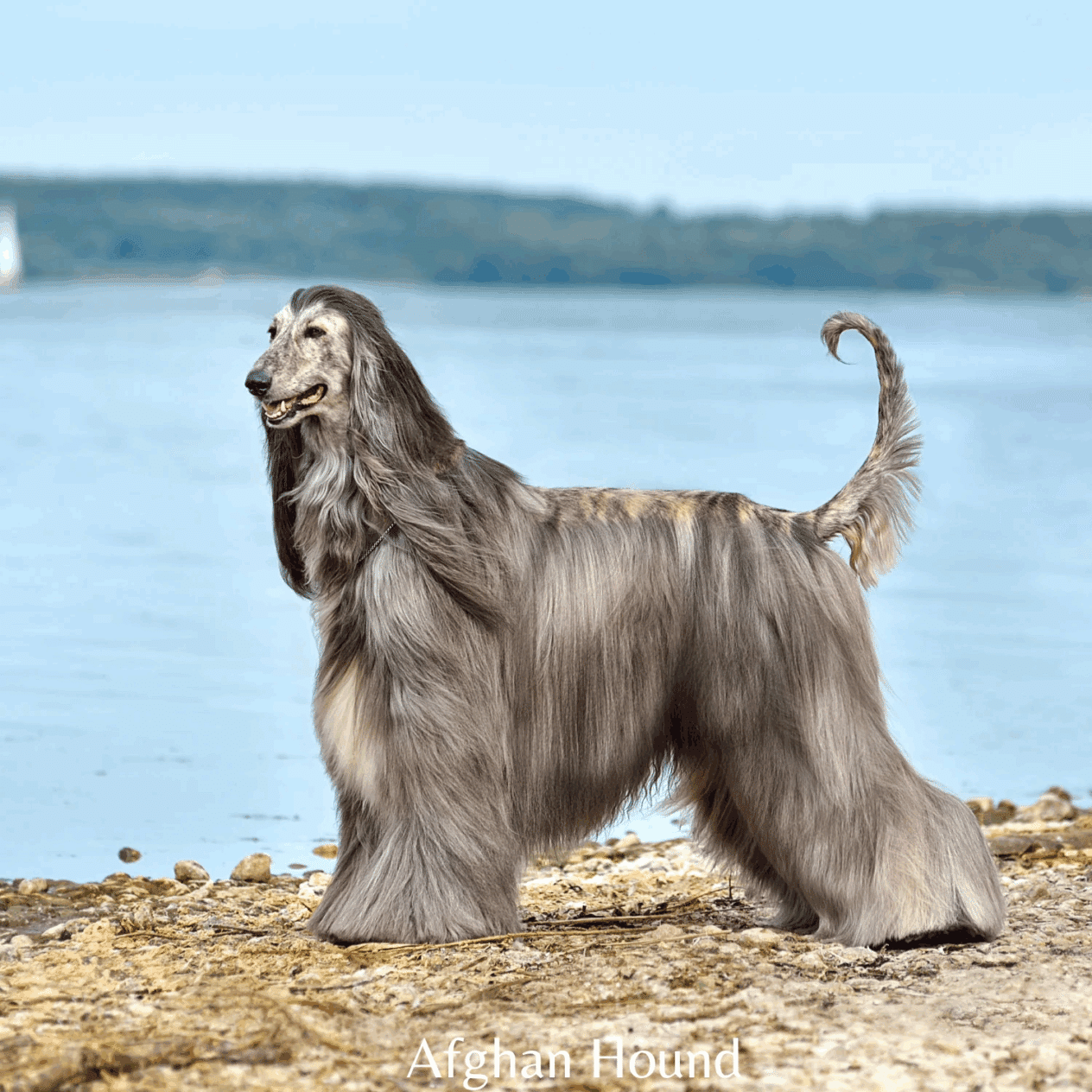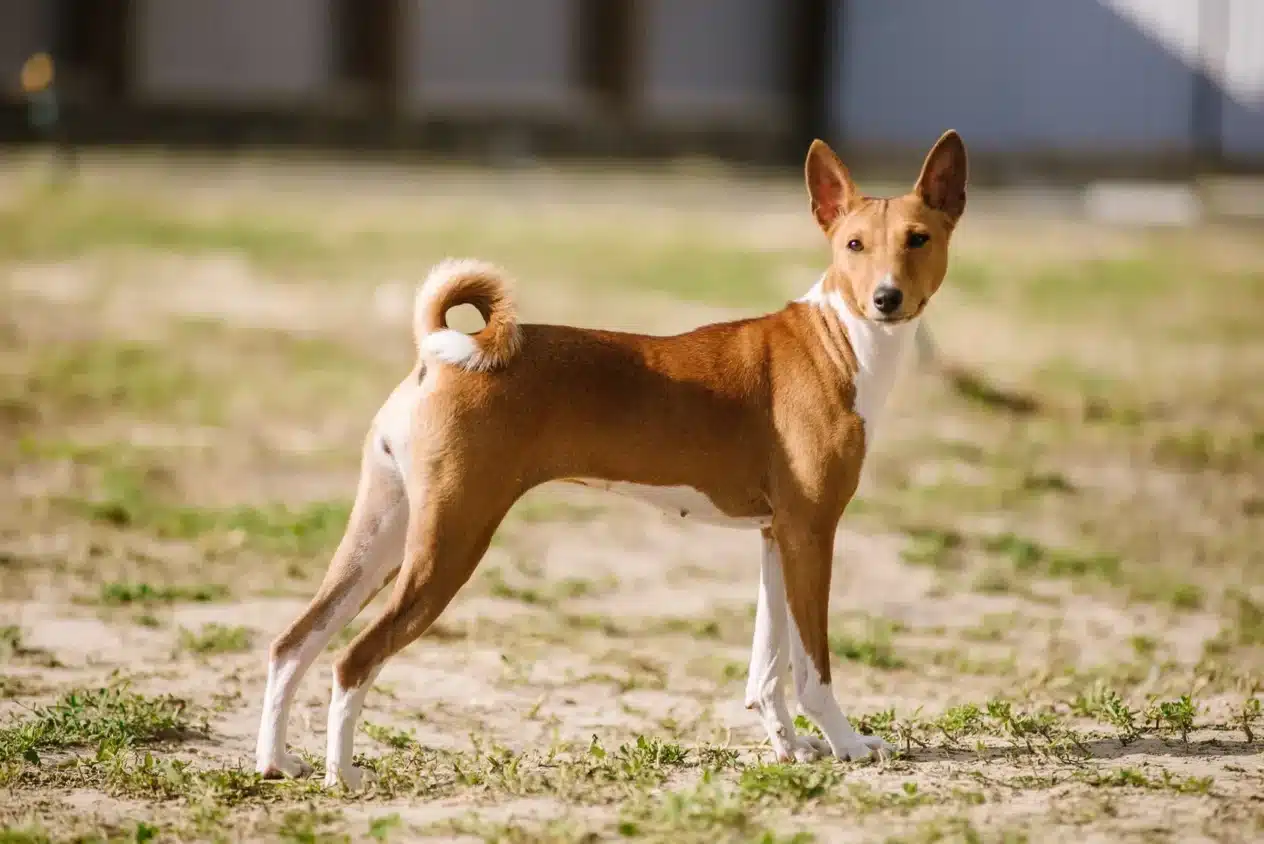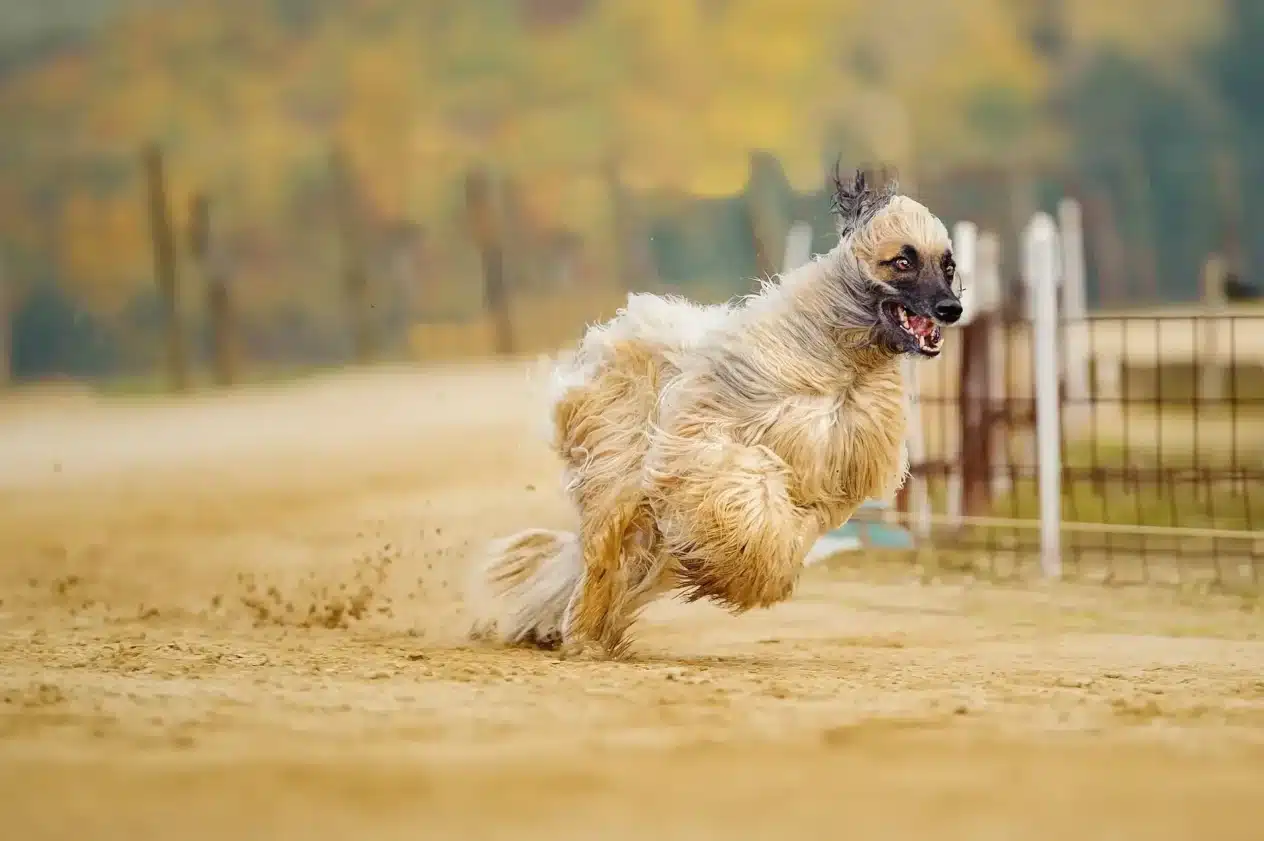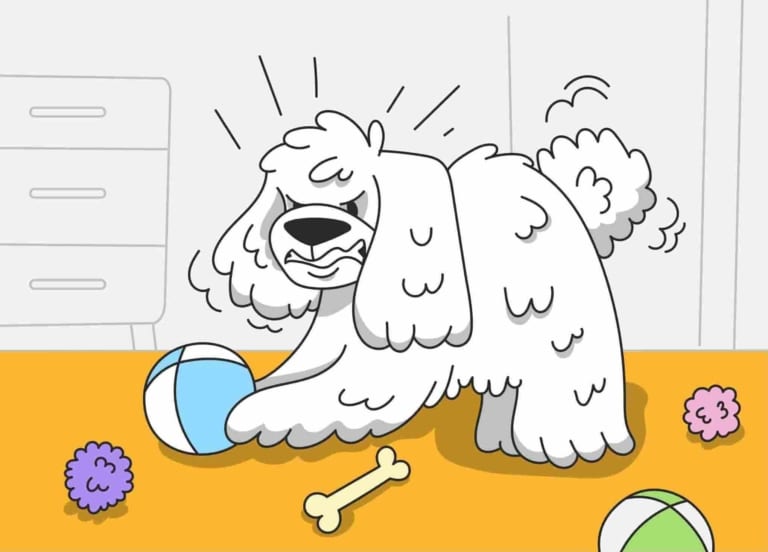The phrase “a dog cannot be trained” sounds harsh and not quite correct. It is more correct to speak about breeds with high independence, independent thinking and weak human orientation, which need a different training strategy. These dogs can be amazingly intelligent, but they don’t work “on automatic” and won’t follow a command just because “it’s the right thing to do”. Below is a thorough look at three breeds that consistently make the lists of the most difficult breeds for classical obedience: the Afghan Greyhound, Basenji, and Chow Chow. We will look at the origin and psychotype, typical difficulties, what really works in training, and what is better not to do.
How we assess “difficulty”
Obedience is not an “IQ test.” Motivation, breed specialization, drives (hunting, guarding, prey), sensitivity to reinforcement, tolerance to repetition, and social orientation influence the ability to obey commands. Breeds formed for independent decision making at a great distance from humans are more likely to “test the meaning” of a task and hesitate to perform it without obvious benefit.
Instead of punishments and pressure, positive reinforcement, behavior markers, shaping, clicker, short sessions of 3-5 min with frequent breaks, flexible reward system (food of high value, toy with antagonism, opportunity to “hunt” by sense of smell) work. Environmental hygiene is critical: minimum distractions in the first stages, long leash outside, gradual complication of triggers. Essential basic skills: name-orientation, response, place/stand, release, impulse control.
Afghan greyhound
The Afghan is a mountain sprinter hunter bred to work independently and at a distance, where decisions are made instantly without human prompting. This breeds independence, selective attention, high visual sensitivity and a noticeable “pride”.
Commands with precise, immediate execution seem “illogical” to him unless there is a clear reason. Repetitiveness quickly becomes nauseating, “medium value” rewards don’t work, and external stimuli (moving objects, distant horizon) defeat your urges.
What works.
Betting on natural drives: scent retrieval, extended self-control exercises through “look at me – run to the target”, chase games on a bait cord as a jackpot reward. Commands are built through the shaping of microcrocks: instead of “sit at once” – a succession of behaviors, each clearly marked with a clicker. On the response – a double protocol: a quiet response in a quiet field and a “super-response” with a favorite “bait”, appearing rarely, but explosively reinforcing. Sessions are very short, 1-2 min of concentrated work, then a break with olfactory tasks.
Typical mistakes
Long monotonous training, demanding “obedience by default”, reducing the value of rewards, trying to “break character”. Result – ignoring, running away to “his world”, sometimes conflict.
Basenji
An ancient African small game breed, highly intelligent, alert, tactile and very clean-cut. The Basenji is often described as a “cat dog”: self-controlled, inquisitive, with a tendency to evaluate benefit before action. Vocally “yodels” rather than barks.
Low tolerance for coercion, allergic to repetition, generalization of skills is slow: a team working in the hallway “disappears” outside. Overpowering sense of smell.
What works.
Counterconditioning “world → self”: each occurrence of a trigger means a micro reward for eye contact. Developing olfactory work as the main stimulus of motivation: allows you to “live your life” within controlled limits and manage the resource at the same time. Controlled freedom games: ‘free olfaction – go back for a marker – free olfaction again’. Build behavior through engaging puzzles, fidget toys, target platforms where command is the key to unlocking the “quest” rather than a mechanical gesture. Recall environment management: long bio-predictor, double carabiners, two-stage response (“name → approach → release” as a frequent pattern so that response does not equal “end of fun”).
Typical errors
Exaggerated expectations of an “obedient dog”, punishment for “stubbornness”, training without a prepared space, trying to “shut down” the sense of smell. The consequence is frustration and sophisticated ignoring.

Chow Chow
An ancient Asian breed with a mix of guard/hunter/companion roles, with a strong sense of territory, wariness of strangers and high self-esteem. It is not a “teddy bear” but a dog that expects mutual respect.
Low social orientation to strangers, low tolerance for invasion of personal space, and a tendency toward resource guarding. Unique coat and body composition sometimes reduces comfort with physical manipulation, which affects dexterity in routine commands.
What works.
Priority is building trust: a calm ritual of introduction, marking voluntary cooperation (“handling for consent” – touched yourself → treat → continued). Each skill is tied to a ritual (same mat, same music backing, sequence of steps), because predictability relieves tension. Rewards are quiet, “dignified”: not a hyperactive toy, but a delicacy, a pause, praise in a low voice, permission to move away. From safety – loop-lord/no-pool harness, basket muzzle, practiced “nice”.
Typical mistakes
Physical pressure, intrusive contact, forcing grooming/vet manipulation without first teaching consent, attempts to “cheer up” with loud rewards. Results in short-circuiting, sometimes warning growls.
How to build a training program for such a dog
Daily 3-4 mini-sessions of 2-3 min: “name → eye contact → micro reward”, “nose/paw touch”. Each command has a super clear marker and ends with a vacation word.
Long leash, “free sense of smell” as currency, exercises: approached – received – free again. This is how you break the “responded = end of all fun” rule.
Selection of harness, long leash 5-10 m, light trinkets at dusk, muzzle-basket as a skill “for the future”, not “when it’s too late”. Clever games, lickers, sniffing mats – not to “occupy the dog”, but to release tension and serve “work on the vocation”.
Psychology of the owner when raising such a dog
Instead of “stubborn” say “independent”, instead of “does not obey” – “has not yet learned in this context”. Keep a training diary: date, place, value of rewards, % success. This is better than any “breed myths”.
Conclusion
“Unsubmissiveness” is not a judgment, but a signal to change the methodology: to work for the dog’s motivation, not against its nature. The Afghan Greyhound, Basenji and Chow Chow are shining examples of breeds where the key to obedience lies in respect + science of training + ecology of the environment. And when an owner adopts this formula, he or she is not a “perfect robot” but a partner with character who chooses to listen – and does so with gusto.












